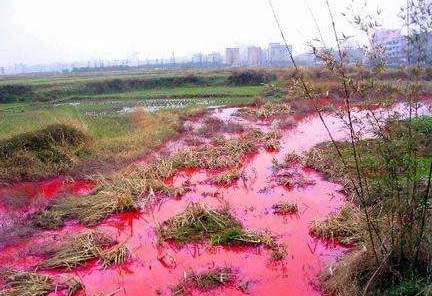With the rapid development of my country’s social economy, industrial activities and agricultural activities have brought serious soil pollution problems, which have brought huge risks to my country’s ecological environment and human health. According to the “National Survey Report on Soil Pollution Status” issued by the Ministry of Environmental Protection, the actual rate of spot violations in the 6.3 million square kilometers of soil actually surveyed reached 16.1%. Among different types of land, the environmental quality of farmland soil is worrying, and the rate of arable land exceeding the standard reached 19.4%. Facing the severe soil pollution situation, the State Council promulgated the “Soil Pollution Prevention Action Plan” in 2016, which provided an action plan for my country’s soil pollution prevention and control work. For the remediation of farmland contaminated soil, this regulation requires: by the end of 2018, complete the detailed investigation of the soil pollution status of agricultural land; by 2020, complete the treatment and remediation of 10 million mu of contaminated farmland; by 2030, the safe utilization rate of contaminated farmland will reach above 95.
The sources of farmland soil pollution in my country are diverse, including the excessive application of pesticides and fertilizers, sewage irrigation, plastic film disposal, atmospheric deposition, and the discharge of industrial waste. Among various types of pollutants, heavy metal pollution such as cadmium, nickel, copper, arsenic, mercury, and lead is the most prominent, followed by organic pollutants such as DDT and polycyclic aromatic hydrocarbons (PAHs). The annual production of pesticides in my country in recent years is about 3.7 million tons, and the use of pesticides per unit area in my country is 2.5 times the world average. Compared with the heavy metals ingested during natural soil formation, the biological activity of heavy metals migrated to the soil due to human activities is higher. At present, the remediation technologies for heavy metal-contaminated farmland soil include: using biochar, compost, zeolite, clay, lime, etc. as stabilizers to stabilize heavy metal pollutants in situ; plant remediation, using highly enriched plants to absorb and remove heavy metals in soil Pollutants; in situ electric remediation, using the principle of electrochemistry to remove pollution; using silicon nutrients as soil improvers to limit the migration of heavy metals to plant roots; using calcium chloride, ferric chloride and other chemical agents for in situ soil leaching; Optimal management of irrigation during farming. For organic contaminated farmland such as PAHs, remediation technologies include bioremediation and phytoremediation.
By repairing contaminated farmland soil, it can not only inhibit the migration of pollutants from the soil to plants, ensure the safety of agricultural products, but also reduce the ecological and environmental risks and the health risks of land users, bringing huge environmental and social and economic benefits. However, in recent years, remediation practitioners have found that the remediation behavior itself will also cause serious secondary environmental impacts, especially when inappropriate remediation methods are adopted, the negative environmental impact of remediation may exceed the exposure of pollutants in the soil. Impact, so that the “net environmental benefit” of the restoration is negative. On the other hand, when using techniques such as soil leaching and stabilization for remediation of contaminated soil, it is also necessary to consider the effects of remediation techniques on the physical and chemical properties of the soil and biological properties. Therefore, in order to achieve sustainable agricultural land management, comprehensive and comprehensive considerations are required before repairing contaminated farmland.



